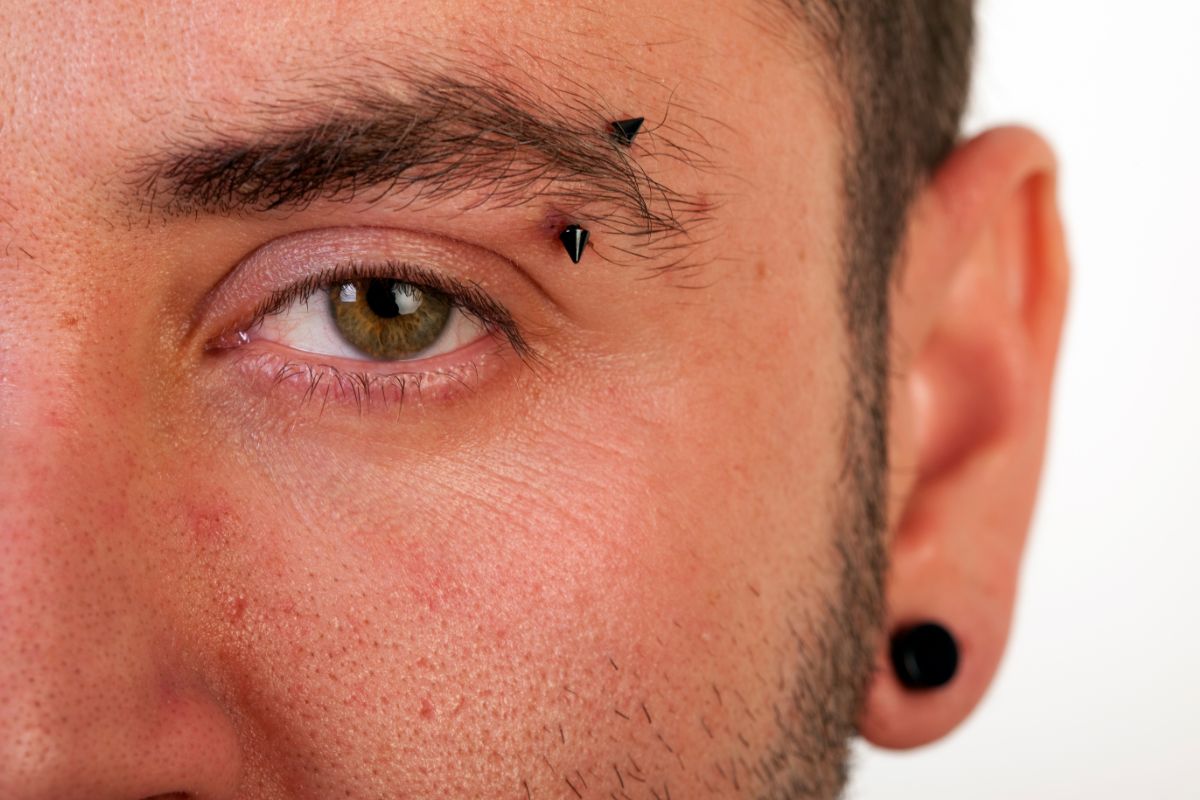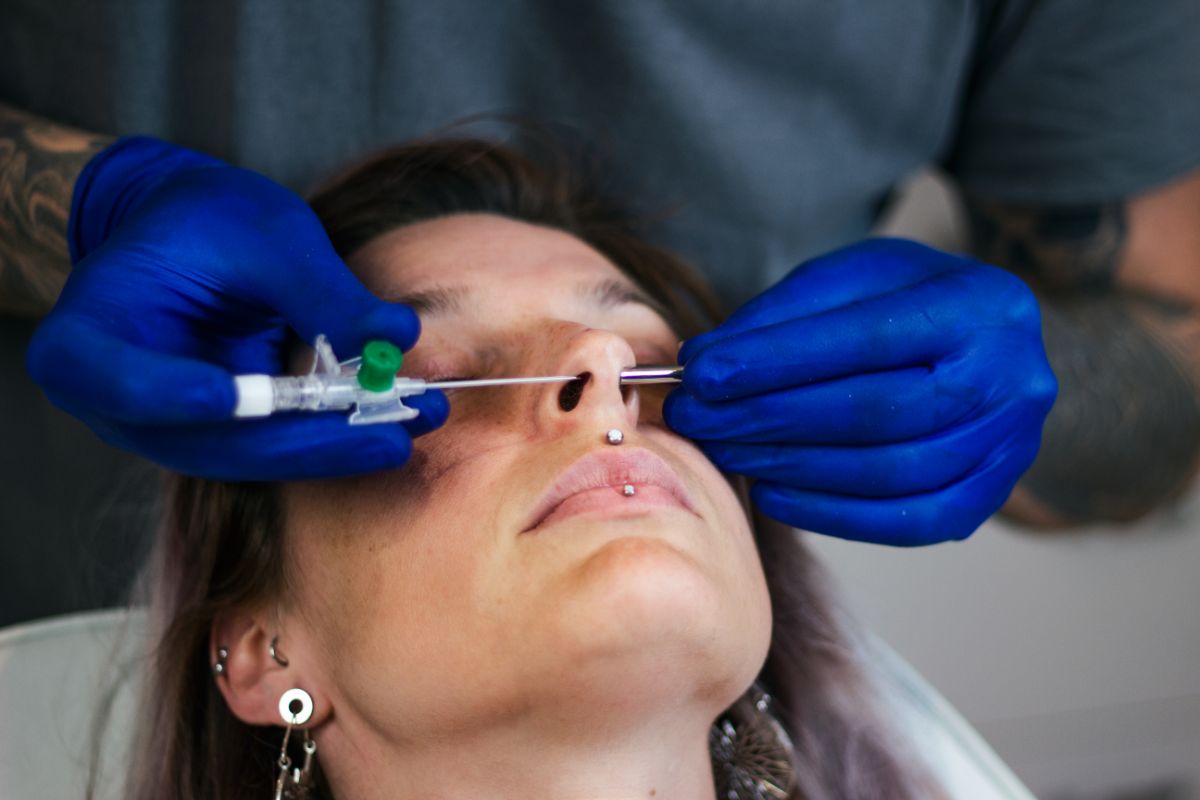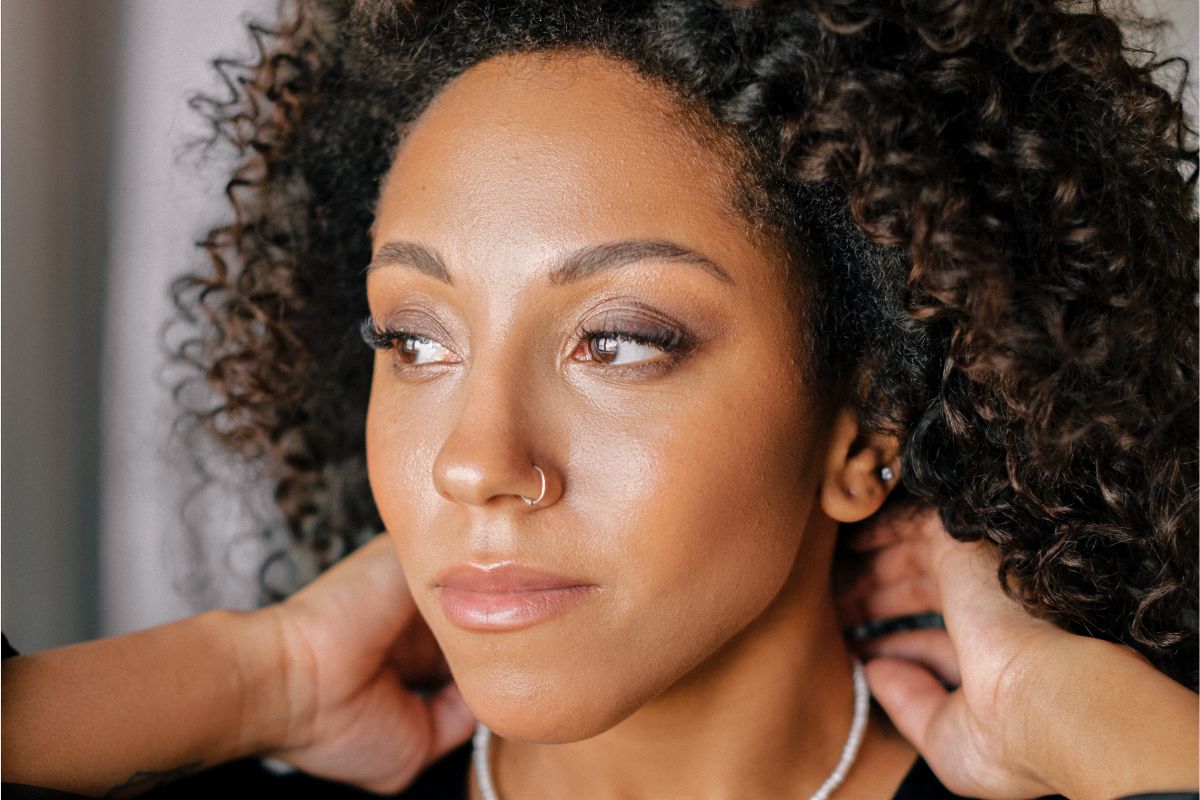As your piercing heals, you might also notice a bump or two close to the piercing. For the most part, these are completely natural. However, what might initially seem like a piercing bump, could turn out to be a Keloid scar upon closer inspection.
If you want to find out more about piercing bumps, Keloids, and how you can tell the difference between the two, then this guide is for you, as we’ll provide you with all of the information you need to know to ensure that your piercing is healing correctly.
So, let’s begin by taking a look at what piercing bumps and keloids are, before taking a closer look at how you can tell the two apart from each other!
What Are Piercing Bumps?
As anyone who has ever had a few piercings will tell you, piercing bumps are fairly common, especially as your piercing goes through the healing process, so don’t be too alarmed if you do happen to find one near your piercing.
For the most part, piercing bumps are exactly what they sound like, small bumps that can occur after you’ve been pierced. Typically, these little bumps are more likely to appear when you’ve pierced cartilage, especially the upper ear, or the nose.
You might be wondering why exactly piercing bumps occur, especially if you’ve been taking good care of your piercing as it heals. Despite this, piercing bumps can form anyways, as they’re a natural response from the body as the immune system begins to initiate its own healing reaction.
It’s this response that causes inflammation, which is what we know as a piercing bump!
Alongside piercing bumps, you can typically expect to notice some bruising, bleeding, and general swelling around the piercing, especially in the first few weeks. In addition to this, slight crusting of the jewelry, and itchiness are all natural symptoms of a healing piercing.
What Are Keloids?

Although initially the same in appearance, Keloids are completely different to piercing bumps, and it’s natural not to be able to tell the difference, especially if it’s your first ever piercing.
A keloid is a type of scar that is much more raised and pronounced than most scar tissue usually is, and is often the result of the skin experiencing some type of trauma, which means that it’s not uncommon for them to form after getting a piercing.
Keloids form on the skin as a result of an overgrowth of the fibrous tissue, this is due to the fibroblasts (cells in the skin), producing excessive amounts of collagen.
Typically, a keloid will form between 3 to 12 months after the initial trauma has taken place, and will appear as a raised scar, and can vary in color too, although pink, red, purple, and brown are the usual colors, they do eventually darken over time.
Keloids that occur on the earlobe are usually an oval or round shape, and will continue to grow too, although the rate of growth can differ from case to case, keloids can grow to be rather big.
As well as color, keloids can also vary in texture too, so while some keloids might be soft to the touch, other keloids can be much harder too.
Someone with keloids might also notice a number of other symptoms too, such as itchiness and tenderness, as well as a good amount of pain too.
How Can You Tell The Difference Between Piercing Bumps And Keloids
The two are initially similar, which is why so many people become concerned when they see a piercing bump forming, however, there are a number of differences between the two which will help you to determine whether you have a piercing bump or a keloid.
Piercing bumps tend to be found directly around the site of the piercing itself, and will form not long after the piercing has been done. Piercing bumps can often contain fluid, and also vary in size, but won’t increase in size once they’re fully formed, and will usually be the same color as the flesh too.
On the other hand, keloids can form around the piercing site, but are also known to spread over time too, and usually form 3 to 12 months after the skin has initially been pierced. Although keloids might seem small at first, they will also grow over a number of days, weeks, months, and even years, and although they’ll vary in color, they will darken over time. Fluid is uncommon with keloids, unlike piercing bumps though.
Treating Piercing Bumps And Keloids
When it comes to treating piercing bumps and keloids, the process for each is incredibly different, and it’s here you’ll realize just how serious keloids are!
There’s no real treatment for piercing bumps, especially since they’re just the body’s natural response, and there’s a chance they’ll go away over time too. So just ensure that you’re regularly cleaning your piercing and the piercing site with sterile saline solution, and that you wash your hands before and after you handle the piercing too.
On the other hand, keloids require more attention, and the treatment you will require can vary depending on case to case.
Corticosteroids is a medicine that will be able to help shrink the keloids slightly, with an average of 4 injections over the course of 3 to 4 weeks required to help shrink them down.
Surgical removal is also possible, but keloids have been known to come back after surgery. While laser surgery is an option, helping to flatten the keloid, and helping the scar to fade slightly too.
Final Thoughts
We hope that this guide to the difference between piercing bumps and keloids has helped you. Discovering a lump in the vicinity of your piercing can be scary, especially if you suspect it’s a keloid, but never be afraid to see your doctor for them to provide clarification and treatment recommendations!





